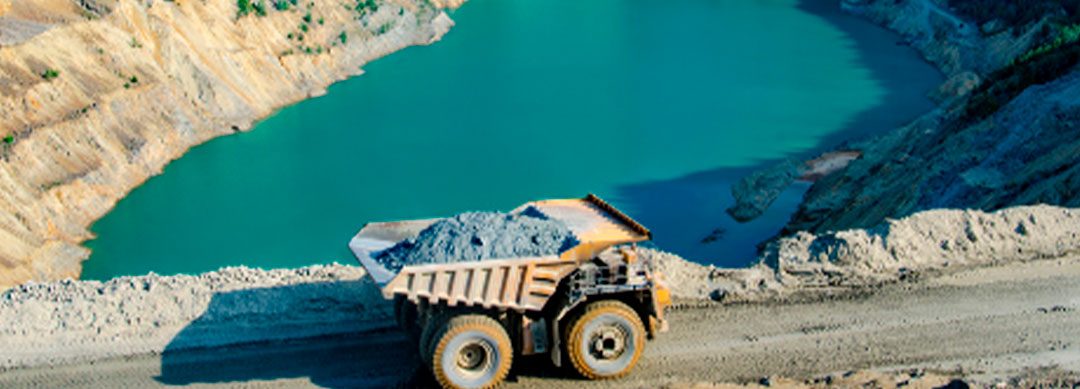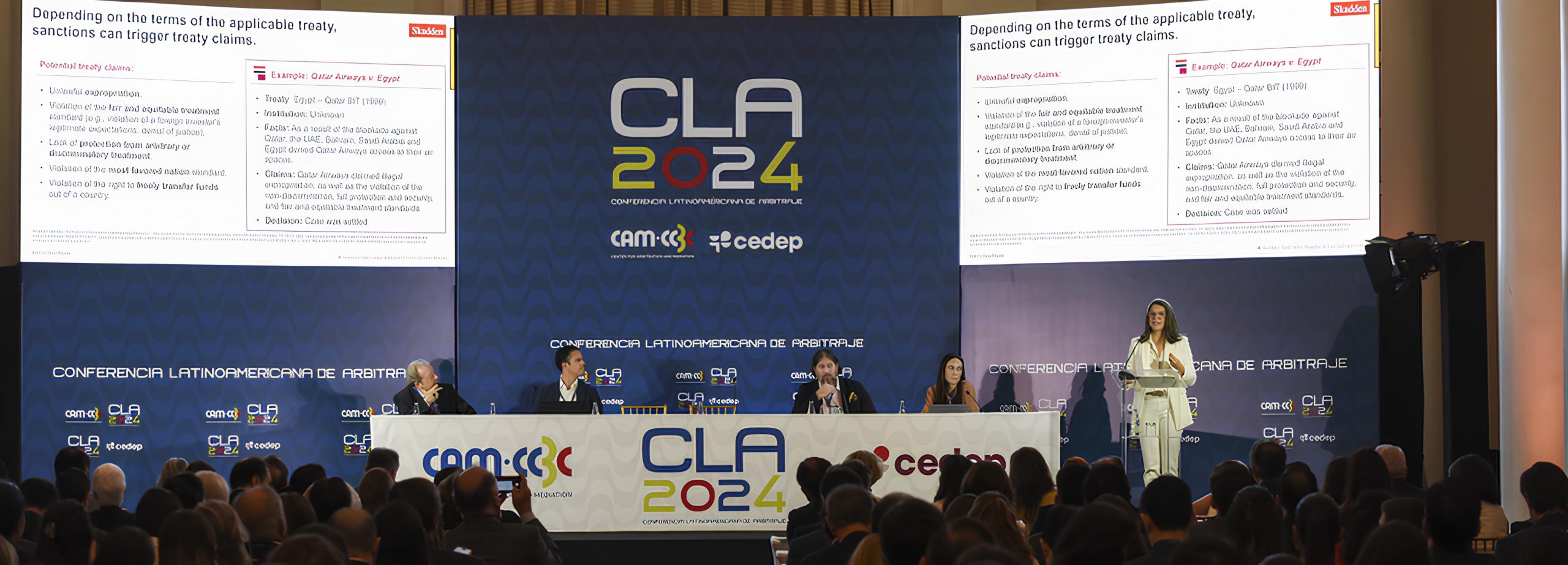Event promoted by the CCBC Mining Committee discusses the impacts of legislation dealing with the issue
By Sérgio Siscaro
Sanctioned by the federal government in October 2020, law 14.066/2020 established the National Dam Safety Policy (PNSB), through which a series of rules were established in order to prevent the occurrence of accidents such as, in Mariana (2015) and Brumadinho (2019), both in Minas Gerais. However, the speed of the legislative process – which sought to provide a quick response to society after the occurrence of the two tragedies, and already in 2019 was discussing the issue through bill 550/2019 – would have prevented the matter from being the object of mature reflection, and that the mining companies involved could contribute to the drafting of the law.
In order to discuss the matter, the Mining Committeeof the Chamber of Commerce Brazil-Canada (CCBC) promoted on July 15 the virtual seminar Safety of dams: regulatory, financial, environmental and land tenure effects. The initiative brought together a group of experts who have been following the development of the dam safety issue: Vale’s legal manager, Solange Costa; the director of the National Mining Agency (ANM), Tasso Mendonça; the secretary of Partnerships in Energy, Oil, Gas and Mining at the Ministry of Economy, Frederico Machado; the vice president of the legal area of Kinross, Maria da Graça Montalvão; and the legal director of Lundin Mining, Luciano Santos. Canadian experience in the area was also present in the webinar, through the participation of the trade commissioner at the Consulate General of Canada in Belo Horizonte (MG), Franz Brandenberger.
“Brazil has a very large mining potential to be explored. We need to turn this into practice; make this vocation efficient, productive, and make new mines viable – so that we can generate more jobs and contribute to the socioeconomic development of our country and to people’s quality of life”, said the coordinator of the Mining Committee , Wilson Antônio Borges, who mediated the debates of the webinar. According to him, a positive sign in this regard has been the government’s progress in promoting public offers of areas for mining, which would enable the discovery of new mineral deposits.
The Canadian experience
Recalling that his country also has this mineral vocation, consul Brandenberger highlighted that in Canada, the sector’s priority is the safety of people, followed by the need to comply with existing legislation. “We cannot ignore the responsibility of miners, in preserving the environment, in relations with local communities. In this sense, The Mining Association of Canada (MAC) works daily with Canadian mining companies, seeking to increase the safety of our dams and the preservation of the environment.”
MAC has been working in partnership with the Brazilian Mining Institute (Ibram) since 2019, with the aim of implementing sustainability principles in the Brazilian mineral sector, he explained. “We have in Canada, since 2019, an ombudsperson, who monitors extractive companies operating in the country, ensuring that they always operate with total social, environmental and corporate responsibility. These points are equally relevant in Canadian mineral operations in other countries, such as in Brazil”, he said.
Brandenberger recalled that there are about 30 Canadian mining companies active in Brazilian territory, operating mainly in the extraction of gold, vanadium, rare earths, nickel, lithium, and potassium. In addition to them, there are also engineering companies that work on decommissioning mineral dams, reinforcing their structures, recovering degraded areas, and implementing technologies and solutions that increase the efficiency, safety and profitability of mineral operations.
Changes to the new law
The new legislation brought a series of changes with respect to the previous rules. One of them was the need for companies to pay an environmental deposit insurance, in order to guarantee coverage for any accidents involving the dams. The use of upstream dams was also prohibited – that is, those built by placing successive layers of mineral tailings; Mining companies have until February 2022 to stop using these dams. Two risk areas were also defined in the vicinity of the dams (the self-rescue zone, or ZAS, and the secondary safety zone, or ZSS). Fines for non-compliance with the new provisions can reach up to R$ 1 billion.
Montalvão called the attention to the obligation to pay the deposit insurance (determined by article 17, item XXII, paragraph 2) for “repair of damage to human life, the environment and public property” by the mining companies did not undergo an adequate process of discussion. “The law must be regulated in a way that meets the requirements of feasibility and effectiveness. This provision allows the supervisory body to demand from the entrepreneurs the presentation of a guarantee, surety bond or financial guarantee that may cover the need for possible coverage for damages. The issue received special attention during the bill’s processing; however, I have the impression that, given the short period of time these discussions took place, they did not have the necessary depth or the involvement of all the actors”, he said.
Another issue raised during the webinar was the difficulty in obtaining environmental licenses for mining projects – and the exclusion of the activity in the National Environmental Licensing Law, which aims to harmonize state legislation dealing with the matter and which was approved in May in the Chamber of Deputies, awaiting a vote in the Senate. “There is a fear, after accidents, of granting licenses – even if they are works to reinforce the dams. The decision to exclude mining was taken without the sector being heard, which creates legal uncertainty for investors,” said Borges – who, in addition to the CCBC Mining Commission, also chairs the Federation’s Sectorial Mining Chamber (Casmin) of the Industries of the State of Goiás (Fieg) and is responsible for the institutional relations area of Lundin Mining.





